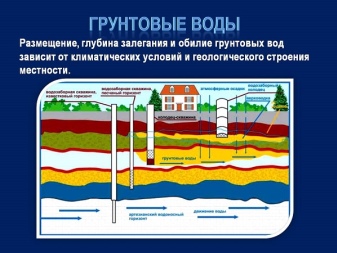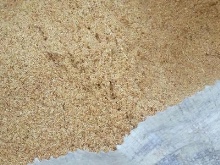Is it possible to plant cherries next to cherries and how to do it?

When planning planting on your personal plot, you cannot mindlessly plant shrubs and trees where you want. It is necessary to take into account the possibility of neighborhood, especially when it comes to fruit crops. Today we will consider the issue of the possibility of planting cherries next to cherries and tell you how to do it correctly.


Cultural compatibility
Both the cherry tree and the cherry bush belong to stone fruits, and, as you know, all representatives of this group are excellent friends with each other. The best result is obtained by planting cherries next to cherries of hybrid varieties - according to the observations of experienced gardeners, such a tandem gives the greatest yield. There is an opinion that if you plant cherries and cherries in the same location, pollination can occur, as a result of which the cherry berries are crushed. However, this is a fundamentally wrong statement.
Yes, cross-pollination does occur, but it only "works" in one direction, that is, cherries are pollinated by cherries, but not vice versa. This means that the yield of both crops increases, the cherry fruits become even larger and juicier. Therefore, when drawing up a scheme for filling your site, do not be afraid to plant both cherries and cherries on it at the same time. Consider only the recommendations that we will give below.



How to plant correctly?
So, let's consider the most important characteristics that affect the proper development, growth and further fruiting of cherry and cherry seedlings.
Soil type
As each person is individual in their taste preferences, representatives of the flora world prefer certain soils on which they grow and bear fruit best. What do cherries and cherries like?
- It is recommended to plant cherry bushes on a soil of neutral acidity (pH = 7), sandy, sandy loam or drained loam. It is undesirable to place plantings in low-lying locations, with a predominance of windy and damp microclimate. Cherries also need constant sun exposure.
- Cherry trees prefer southern slopes for growing, sufficiently illuminated and always protected from the wind.... They should not be planted in swampy areas, as well as in places where cold air masses stagnate. It is advisable to choose sandy loam or loamy soil, nutritious, cultivated, with an acidity of 6.5 to 7.2.
As you can see, the soil requirements for cherries and sweet cherries are almost the same. Therefore, it is quite possible to "adjust" the main parameters of the soil on the site to the average value and then plant these crops.


Illumination
Both cherries and cherries are light-loving plants. They must be planted in such a way that every bush and every tree receives its own dose of ultraviolet radiation in abundance. However, it should be remembered that cherries are much taller than cherries, and their crown is quite spreading, so it is very important to adhere to the following planting pattern:
- cherry seedlings are planted in holes with parameters 70x70x60 cm, leaving a space of 3-5 m between them;
- the depth of the hole for the cherry bush should be 50 cm, and its diameter should be 60 cm, distance between seedlings - 2.5 m;
- depending on the diameter of the crown and the final height of specific varieties, the planting interval between cherry and sweet cherry should vary between 5 and 8 meters.
It is not recommended to plant tall and dwarf varieties close to each other.


Depth of groundwater
Another very important factor.Each individual plant should be fully fed with moisture through the root system, which means that trees and shrubs with roots at different depths need to be planted nearby, to avoid "competition" for nutrients.
- The vertical roots of the cherry go into the soil 1.5-2.5 meters deep. They do not tolerate groundwater flooding. At the tips of the roots, overgrowing fibrous roots are formed, with the help of which the shrub feeds. The bulk of these roots lie at a depth of 40 cm, and this must be remembered when planting a plant.
- Most of the cherry roots (one third of the total mass and 60% of overgrown ones) are located in the upper soil layer (5-20 cm), the rest are almost one and a half meters deep. Compared to the root system of a cherry, cherries have more powerful roots, but they lie at a shallower depth, thus not competing for moisture and nutrients.


Top dressing
Do not forget that it is not enough just to plant plants according to the correct scheme and in a well-chosen location, they still need to be looked after, and this should be done so as not to harm any representative of the cultural flora. As for cherries and cherries, they love the following dressings:
- organic: well-rotted manure, compost, chicken droppings, sawdust;
- mineral supplements: macroelements (phosphorus, nitrogen, potassium), microelements (sulfur, manganese, boron, copper, iron).
In addition to all of the above, in the near-trunk circle, as well as between plantings, you can plant green manure plants: peas, vetch, oats. As they grow and build up the green mass, it is recommended to embed them in the soil. Or do this: sow green manure crops, wait until they grow, then mow and use this "green fertilizer" to apply it to the holes when planting cherry and sweet cherry seedlings.











The comment was sent successfully.